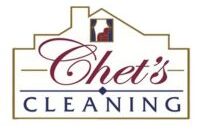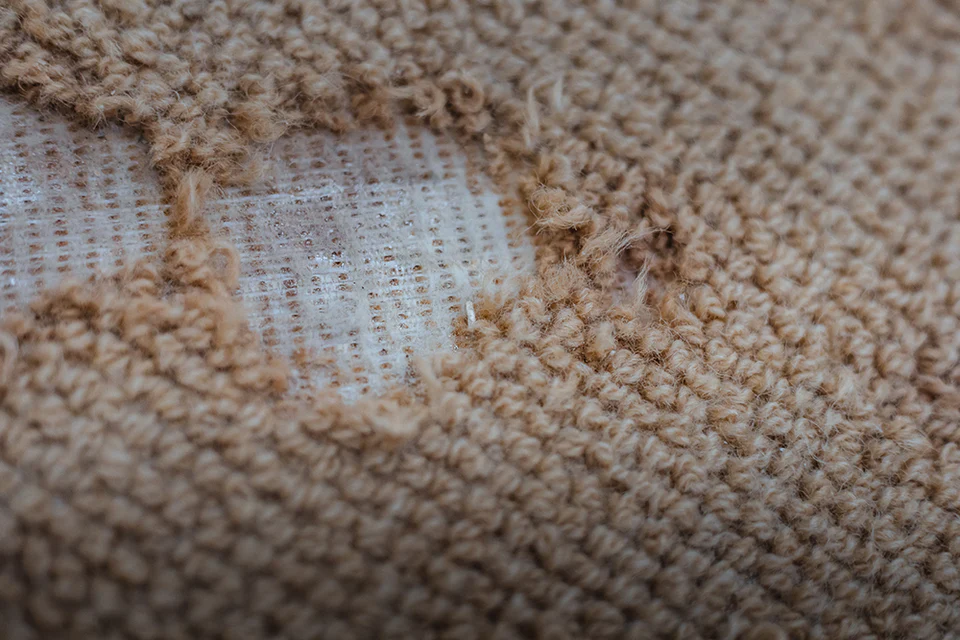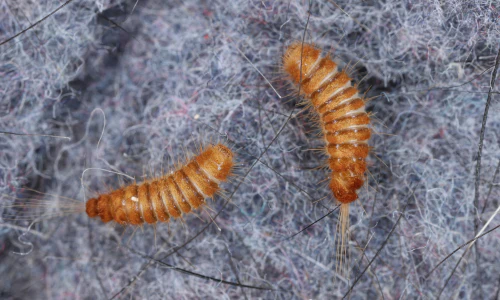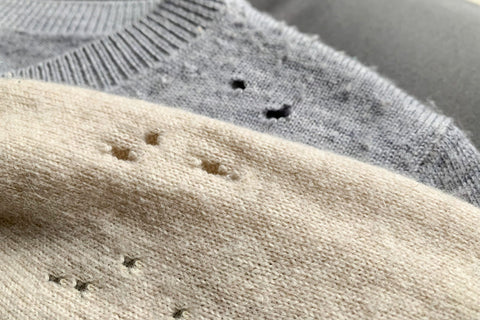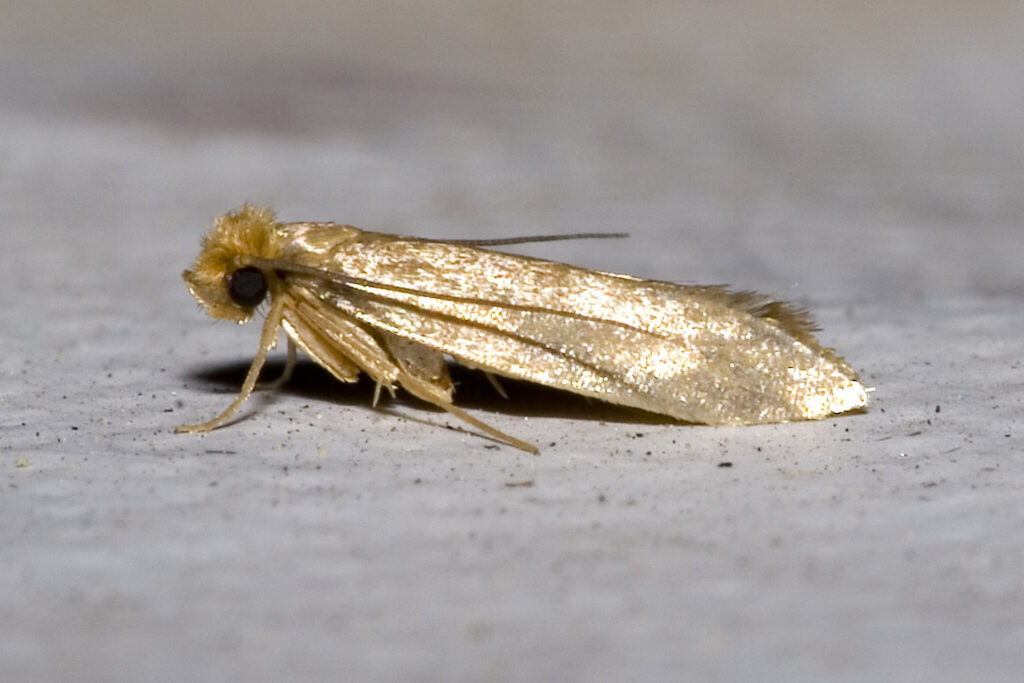
Moth & Carpet Beetles Treatment
Protect your home and valuables from destructive wool moths with our expert moth treatment service. Wool moths can wreak havoc on rugs, carpets, upholstery, sweaters, and clothing, eating holes and laying eggs that lead to thousands of dollars in damage. Our comprehensive treatment eliminates existing infestations and implements proven prevention strategies to safeguard your belongings from future moth invasions, giving you peace of mind and a moth-free home.
request FREE CONSULTATION
Why Choose Our Wool Moth Treatment?
Wool moths can wreak havoc on your cherished textiles, leaving behind holes and damage. Our expert team uses safe, non-toxic solutions to eradicate moths at every stage of their lifecycle, from eggs to adults. We begin with a detailed inspection to identify infestations, followed by customized treatments that target moths while preserving the integrity of your wool items. Whether it’s a delicate sweater, a luxurious rug, or heirloom fabrics, we ensure complete protection and peace of mind.
Our Cleaning Process:
We use gentle, wool-safe cleaning methods to remove dirt, odors, and allergens while maintaining the fibers texture and color. Our state-of-the-art equipment and eco-conscious products ensure a deep clean that complements our moth treatment, leaving your textiles fresh, soft, and ready to enjoy.
Preventive Care & Maintenance Tips:
HOW we clean for wool moths
- We assess and document your rug’s condition. Our team carefully inspects your rug to identify any wool moth issues and records its details to ensure personalized care throughout the process.
- We review and sign a moth treatment waiver. To keep you informed, we’ll go over and sign a waiver explaining the moth treatment process, ensuring transparency and your approval.
- We complete any necessary rug care waivers. If your rug requires special handling due to its material or condition, we’ll discuss and sign additional waivers to protect it during treatment.
- We photograph your rug. We take detailed photos of your rug before treatment to document its condition and ensure it’s returned to you in top shape.
- We note specific details about your rug. Our team records important information, such as any unique features or areas needing extra attention, to tailor the cleaning process to your rug’s needs.
- We measure and mark the rug’s placement. We document the rug’s exact measurements and its original location in your home to ensure it’s returned to the right spot, perfectly placed.
- We safely remove and package your rug. Your rug is carefully removed from your home and securely packaged to protect it during transport to our cleaning facility.
- We attach identification tags to your rug. To keep track of your rug, we add specialized tags to ensure it’s properly identified and handled throughout the treatment process.
- We use protective gloves during treatment. Our technicians wear nitrile gloves to maintain hygiene and protect your rug while applying treatments.
- We apply a specialized moth treatment. We spray a professional-grade SLA moth treatment to both the front and back of your rug, targeting moths and larvae to stop infestations.
- We treat the rug while rolling it for efficiency. To ensure thorough coverage, we apply the moth treatment as we carefully roll your rug, preparing it for the next step.
- We seal the rug in a plastic bag. Immediately after treatment, we place your rug in a secure plastic bag and tie it tightly to lock in the treatment and protect it from further exposure.
- We let the treatment work for at least 24 hours. Your rug remains sealed in the plastic bag for a minimum of 24 hours to allow the moth treatment to fully eliminate any pests.
- We process your rug with care. After the treatment period, we begin the cleaning process, ensuring your rug is handled with the utmost care.
- We inspect for remaining moth activity. Before opening the sealed bag, we check for any signs of live moths and re-treat if needed to ensure complete pest elimination.
- We dust your rug thoroughly. Using our standard dusting methods, we remove dirt, debris, and any remaining moth residues to prepare your rug for deep cleaning.
- We apply a pre-treatment solution. We use a Resist pre-treatment, mixed and applied according to label instructions, to protect your rug’s fibers and enhance cleaning results.
- We clean your rug using our standard process. Your rug undergoes our thorough cleaning process, designed to restore its appearance while preserving its quality.
- We apply a wool preservative after cleaning. Before drying, we treat your rug with a Resist wool preservative, following label guidelines, to protect against future moth damage.
- We add any additional topical treatments as needed. If your rug requires extra care, we apply specialized topical treatments to address specific concerns and enhance its longevity.
- We dry and package your rug with care. Your rug is carefully dried and packaged using our standard procedures to ensure it’s returned to you clean, fresh, and ready to enhance your space.
request FREE CONSULTATION
Wool Moths
Understanding Wool Moths: How They Damage Your Textiles
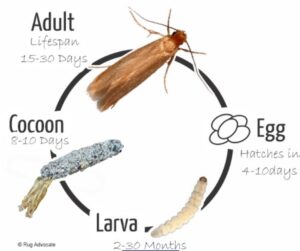
Once hatched, the larvae (small, white, caterpillar-like grubs) are the real culprits behind the damage. They feed voraciously on keratin, a protein found in wool, silk, and other animal-based fibers. As they eat, they chew holes and create frayed patches in your textiles. Larvae may also leave behind silky webbing or tiny fecal pellets (resembling grains of sand). This stage can last 1–3 months, or even longer in cooler conditions, causing significant destruction.
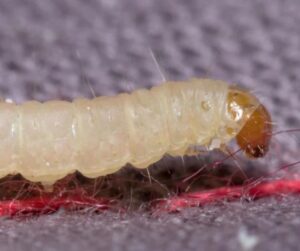
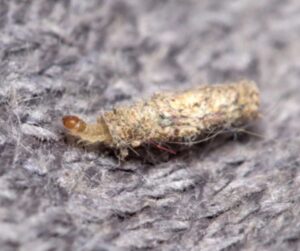
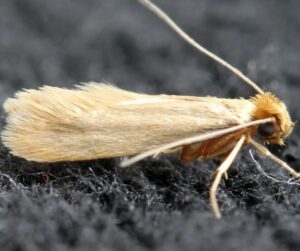
FAQs
Most frequent questions and answers
1751 E Lincoln Ave, Madison Heights, MI 48071
Phone: 248.584.1819
Fax: 248.584.2319
Cleaning Services
Hours
- Monday-Friday: 8am-5pm
- Saturday: Closed
- Sunday: Closed
